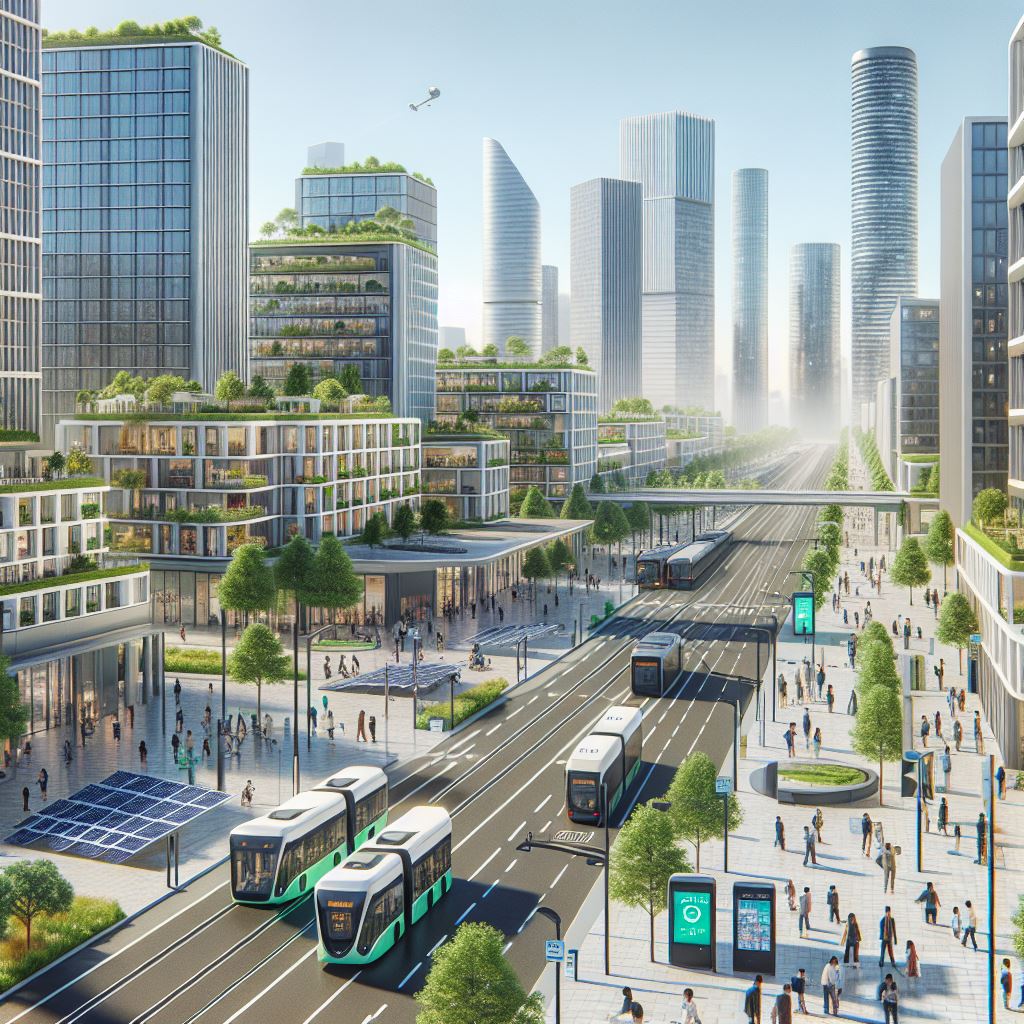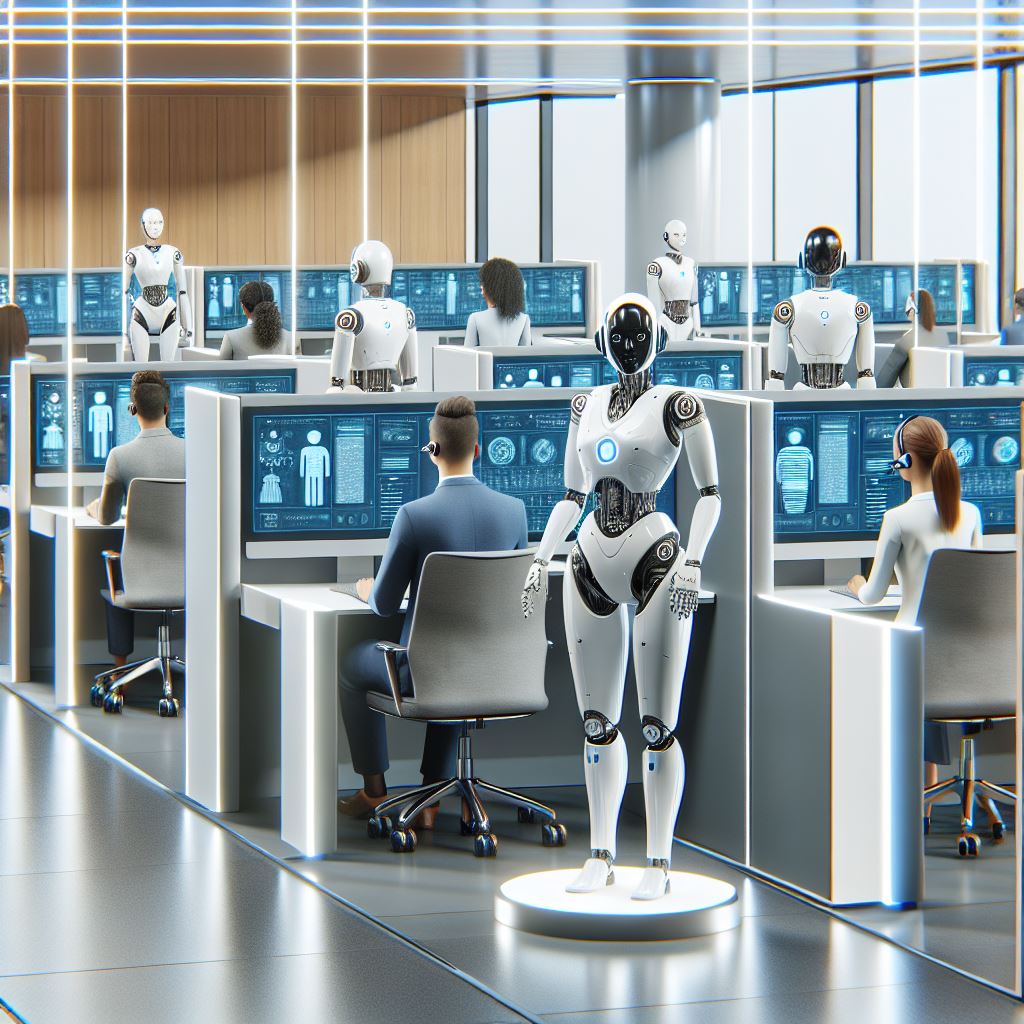Computer vision has emerged as one of the most transformative applications of artificial intelligence, enabling machines to understand and interpret visual information from the world. From facial recognition to autonomous vehicles, computer vision is revolutionizing how machines interact with visual data.
The Evolution of Computer Vision
The journey of computer vision has been marked by several breakthrough moments:
- Traditional image processing techniques
- Convolutional Neural Networks (CNNs)
- Transfer learning approaches
- Vision Transformers (ViT)
Key Applications
Computer vision is making significant impacts across various industries:
- Healthcare (medical imaging analysis)
- Autonomous vehicles
- Security and surveillance
- Manufacturing (quality control)
- Retail (automated checkout systems)
- Agriculture (crop monitoring)
Recent Breakthroughs
Several recent developments have pushed the boundaries of what's possible:
- Self-supervised learning
- Few-shot learning
- Multi-modal vision-language models
- 3D scene understanding
- Real-time object detection
Technical Challenges
Despite significant progress, several challenges remain:
- Handling edge cases and unusual scenarios
- Reducing computational requirements
- Improving accuracy in low-light conditions
- Dealing with occlusions and partial views
- Ensuring robustness against adversarial attacks
Future Directions
The future of computer vision looks promising, with emerging trends including:
- Integration with other AI domains
- More efficient architectures
- Enhanced real-world performance
- Better understanding of context
- Improved generalization abilities
As computer vision technology continues to advance, we can expect to see even more innovative applications that enhance our daily lives and transform industries.




